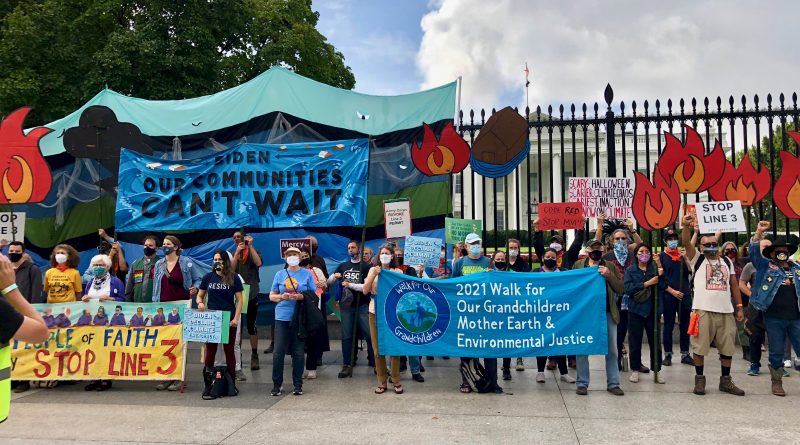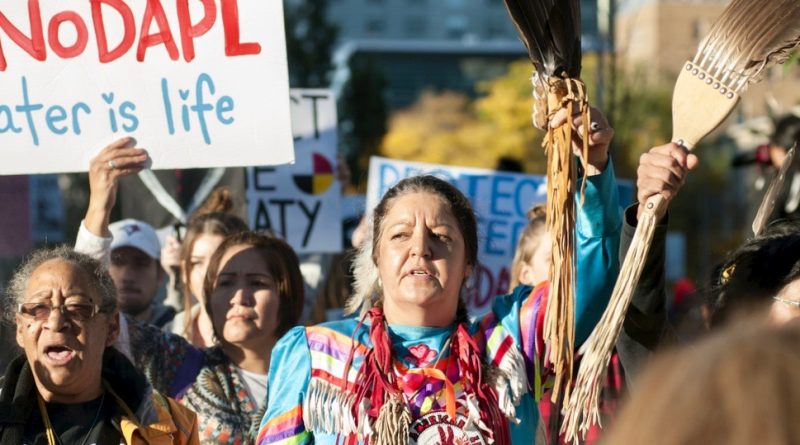A friend of mine recently talked to me about white supremacy. He said the white supremacy groups like the ones that marched with torches in Charlottesville in 2017 at the “Unite the Right” rally really scare him. “But when people start talking about white supremacy being everywhere, I don’t get it. We’re not all like the KKK.”
His confusion is understandable. The term “white supremacy” is often used today in two rather different ways. On the one hand it refers to the beliefs of various right-wing hate groups that are quite explicit about wanting the U.S. to be a country for white people and seeing black and brown people (and sometime all Jews, LGBQT+, Asians, and Indigenous people) as the enemy.
On the other hand, “white supremacy” is also used to describe the, often implicit, ideology that has been prevalent throughout the United States, from the beginning, that has led to laws, policies, and institutions that have favored white people. This more common, often unexpressed, way of thinking has affected all of us. It has led white people, in general, to feel more comfortable with other whites, and to see most white people as more responsible, trustworthy, and intelligent, and less violent than black and brown people. Even those of us who are committed to racial justice can find these ideas arising in our minds against our will. Studies show that even a significant percentage of black and brown people have internalized some of these messages, as well.
Some of the primary features of white supremacy ideology are superiority, domination, and entitlement. Especially entitlement for white people to pursue what they want and to seek their personal wealth, power, and comfort without regard to the effects of their actions on other people (especially black and brown people) or on the natural environment.
Read more












